Scientists at JPL are studying ‘windbots’ concepts that might stay aloft for long periods in atmospheres of giant planets, like Jupiter.
An artist’s rendering shows a windbot bobbing through the skies of Jupiter, drawing energy from turbulent winds there. This notional windbot is portrayed as a polyhedron with sections that spin to absorb wind energy and create lift, although other potential configurations are being investigated. Credit: NASA/JPL-Caltech
The ‘windbots’ might use turbulence for lift and to generate power.
Among designers of robotic probes to explore the planets, there is certainly no shortage of clever ideas. There are concepts for robots that are propelled by waves in the sea. There are ideas for tumbleweed bots driven by wind, rolling across Antarctica or Mars. Recently a team of engineers at NASA’s Jet Propulsion Laboratory in Pasadena, California, wondered if a probe could be buoyant in the clouds of Earth or a distant gas giant planet, like Jupiter.
That team has recently begun studying their question, thanks to a one-year, $100,000 study, funded by NASA’s Innovative Advanced Concepts (NIAC) program. They’re investigating the feasibility of creating a windbot, a new class of robotic probe designed to stay aloft in a planet’s atmosphere for a long time without wings or hot-air balloons. The NASA-funded study will systematically investigate how future spacecraft of this kind could stay airborne and harvest energy.
Although no mission is currently scheduled to utilize windbots, the researchers hope their study will open new avenues for atmospheric science on gas giant planets using high-mobility robotic explorers.
source JPL

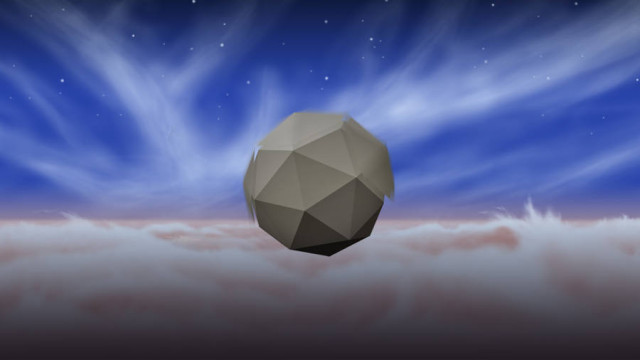
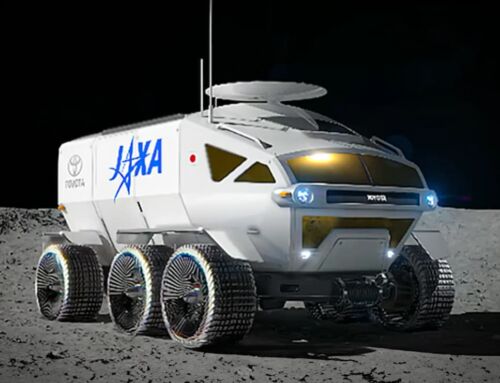
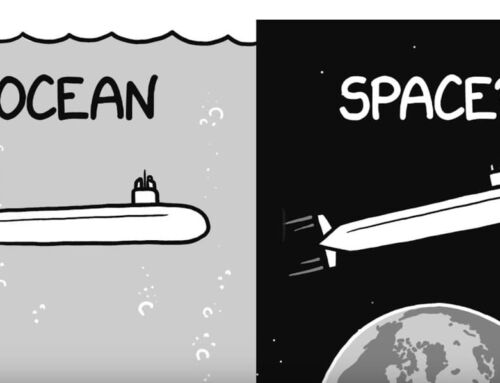
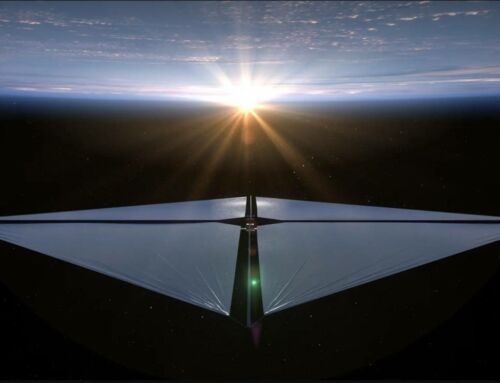
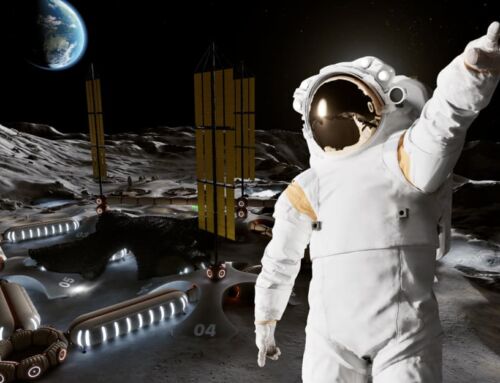
Leave A Comment